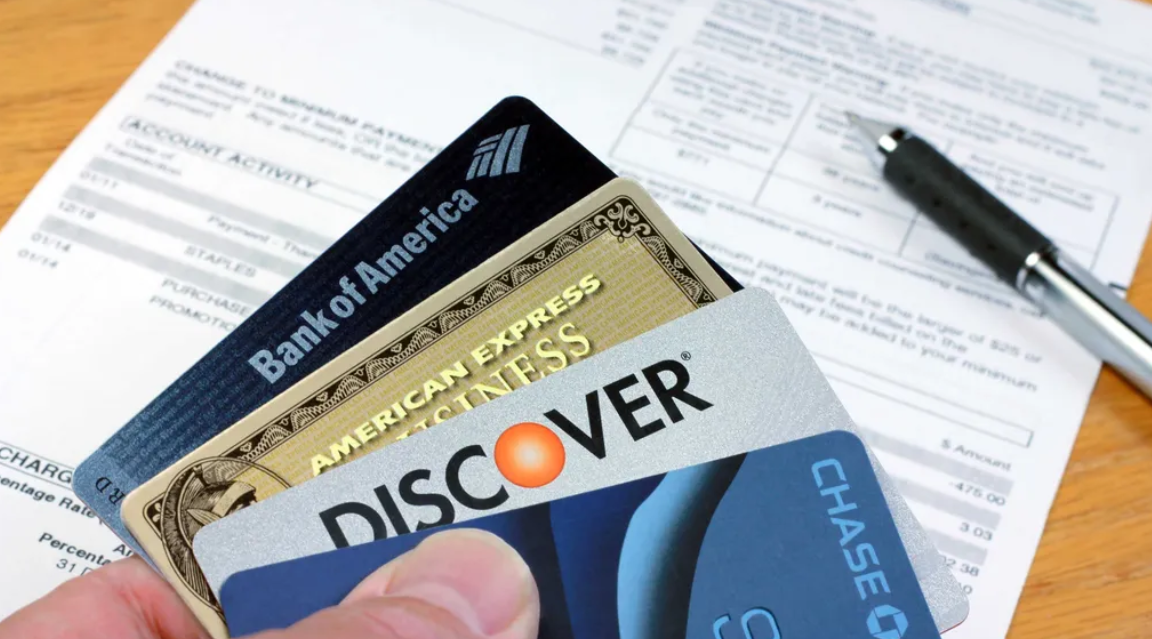Credit cards have become an integral part of our financial lives, offering convenience, security, and the ability to make purchases and manage expenses seamlessly. However, these benefits come at a cost, with consumers paying a staggering $130 billion in credit card costs last year, as revealed by a recent study. In this article, we will delve into the study’s findings, break down the components of these costs, and explore strategies to manage credit card expenses more effectively.
Breaking Down the $130 Billion
The $130 billion figure represents the cumulative costs associated with credit card usage in the United States over the course of a year. These costs are primarily comprised of the following components:
Interest Charges: A significant portion of credit card costs comes from interest charges on revolving balances. When cardholders carry a balance from one month to the next, they incur interest charges on the unpaid amount.
Annual Fees: Some credit cards, especially those with premium features and rewards, charge annual fees. While not all cardholders pay these fees, they contribute to the overall cost.
Late Fees: Late fees are assessed when cardholders miss their monthly payment deadlines. These fees can add up, especially for those who consistently miss payments.
Foreign Transaction Fees: For international travelers, foreign transaction fees can be a substantial part of credit card costs, as they are applied to purchases made in foreign currencies.
Balance Transfer Fees: When cardholders transfer balances from one credit card to another, they often pay a balance transfer fee, which contributes to the overall cost.
The Impact of Interest Charges
Interest charges are the most significant component of credit card costs, often accounting for the majority of the $130 billion. These charges can accumulate quickly, making it imperative for cardholders to understand how they work and how to manage them effectively.
APR (Annual Percentage Rate): The interest rate on a credit card is expressed as the APR. Cardholders are charged interest on their unpaid balances based on this rate.
Revolving Balances: Interest charges apply to balances that are carried from one month to the next. Cardholders can avoid these charges by paying their statement balance in full each month.
Compound Interest: Credit card interest is typically compounded daily, meaning that each day’s unpaid balance is added to the next day’s balance, resulting in interest charges on the previous day’s interest. This compounding effect can significantly increase the cost of credit card usage.
Strategies for Managing Credit Card Costs
To reduce the impact of credit card costs, consider the following strategies:
Pay in Full: The most effective way to avoid interest charges is to pay your statement balance in full every month. This ensures you’re not carrying revolving balances.
Use Low-Interest Cards: If you occasionally carry a balance, consider using a credit card with a low APR to minimize interest charges.
Avoid Late Payments: Pay your credit card bills on time to steer clear of late fees. Setting up automatic payments or using reminders can help you stay on track.
Choose No Annual Fee Cards: Opt for credit cards with no annual fees to minimize costs. Many no-fee cards offer rewards and benefits.
Understand Foreign Transaction Fees: When traveling abroad, use credit cards that do not charge foreign transaction fees, or consider using a multi-currency travel card.
Be Mindful of Balance Transfers: If you’re considering a balance transfer to consolidate debt, be aware of the associated balance transfer fees and any promotional interest rates that may change after a certain period.
The Role of Financial Education
A key aspect of managing credit card costs effectively is financial education. Understanding the terms and conditions of your credit cards, as well as the concept of interest, compounding, and fees, is crucial for making informed financial decisions. Financial literacy programs and resources can play a vital role in educating consumers about the implications of credit card usage.
The $130 billion in credit card costs paid by consumers last year serves as a reminder of the importance of responsible credit card usage and financial education. While credit cards offer convenience and financial flexibility, they also come with potential financial pitfalls. By understanding the components of credit card costs, especially interest charges, and adopting effective strategies to manage expenses, cardholders can navigate the world of credit more wisely. Ultimately, this knowledge empowers individuals to make informed choices that align with their financial goals and lifestyles.





